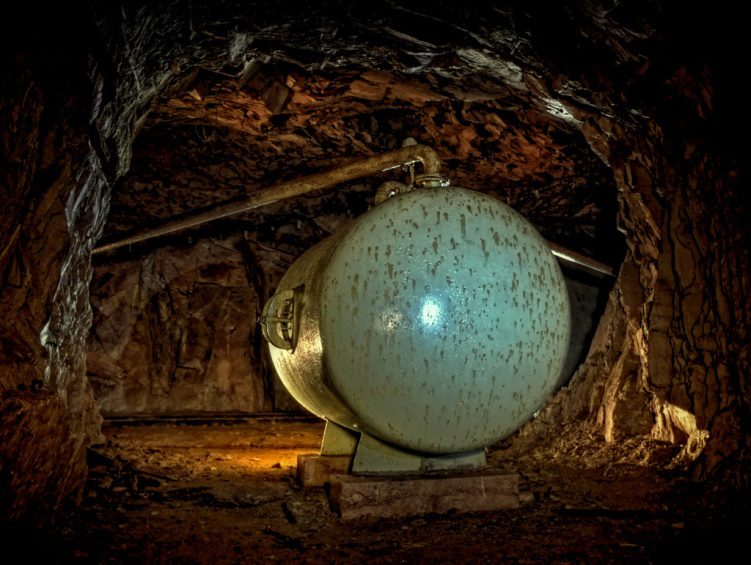
Industrial or drinking water is one necessity by many enterprises operating in the most diverse areas of the economy and industry. For the storage of liquids on an industrial scale, underground water tanks are the most viable.
This depends on the different sealed engineering structures of various sizes, designed in accordance with accepted operating conditions, and types of content stored. Underground water tanks can rightly be called the most convenient type of container for hydraulic reserves, due to several factors.
From a practical point of view, the underground installation of tanks minimises the loss of water from evaporation due to the inaccessibility of sunlight, which also saves on thermal insulation. Maintaining a positive ambient temperature is achievable if the vessel is buried underground below the freezing point.
Another important advantage of underground reservoirs is the potential utility of the land above the tank. In smaller types of tanks, more land could be utilised, compared to conventional surface-level water tanks.
All underground water tanks are manufactured in accordance with standard requirements and are equipped with shaft ladders for inside maintenance, two necks with hatches and other fittings for connecting additional elements.
A characteristic feature of underground tanks is high necks used for receiving and distributing operations and for repair and cleaning work. The height is determined by the immersion depth of the vessel in the ground so that when the hatches go out, this provides access to the inside of the hull. The necks intended for draining and bulk operations are usually equipped with semisubmersible-type electric pumps. The maintenance of water reserves could be quite extensive, and the material performance largely depends on the functional purpose of the apparatus.
Stainless-steel barrels are used to store drinking water in general. In other versions, however, climatic operating conditions of the tanks are taken into account. Therefore, the containers are usually made of carbon or alloy steel and can also have a double-walled design.
Types of tanks
-
Horizontal tanks. The horizontal tank is widely used in many industries. It can be found in various geometric shapes—that is, rectangular, cylindrical or oval. The most economical option is a rectangular container since the sheet does not require rolling and its assembly is less time-consuming.
-
Vertical tanks. A vertical-capacity tank is another prevalent option. It is a cylinder with a conical or flat bottom and a floating or straight roof. A vertical water tank is made of reinforced concrete with appropriate waterproofing, heat-insulated stainless-steel tanks or also from other polymeric materials. Vertical tanks are more expensive to manufacture in comparison with horizontal tanks, but they can withstand more pressure and can be installed on a relatively small area of land.
-
Plastic tanks. Plastic water tanks are made of industrial polypropylene or polyethylene in which food products can be stored and are resistant to all surfaces. Due to this, not only could they hold industrial water but plastic tanks are viable for storing drinking water as well. Plastic water tanks differ in structure and shape, depending on the application. Plastic water tanks for storing drinking water are usually coloured blue and include special markings. They do not let in ultraviolet rays and are absolutely harmless. Therefore, the water does not have any aftertaste or smell, even during long-term storage. Any container made of plastic is airtight and weather and environment resistant. They have a long service life and do not require repair work and painting.
In conclusion, the use of underground water tanks is one of the most convenient methods of water storage. Although installation and servicing on some types of tanks may be expensive, the benefits outweigh the costs because of the many advantages and uses of underground water tanks have.



Leave A Comment